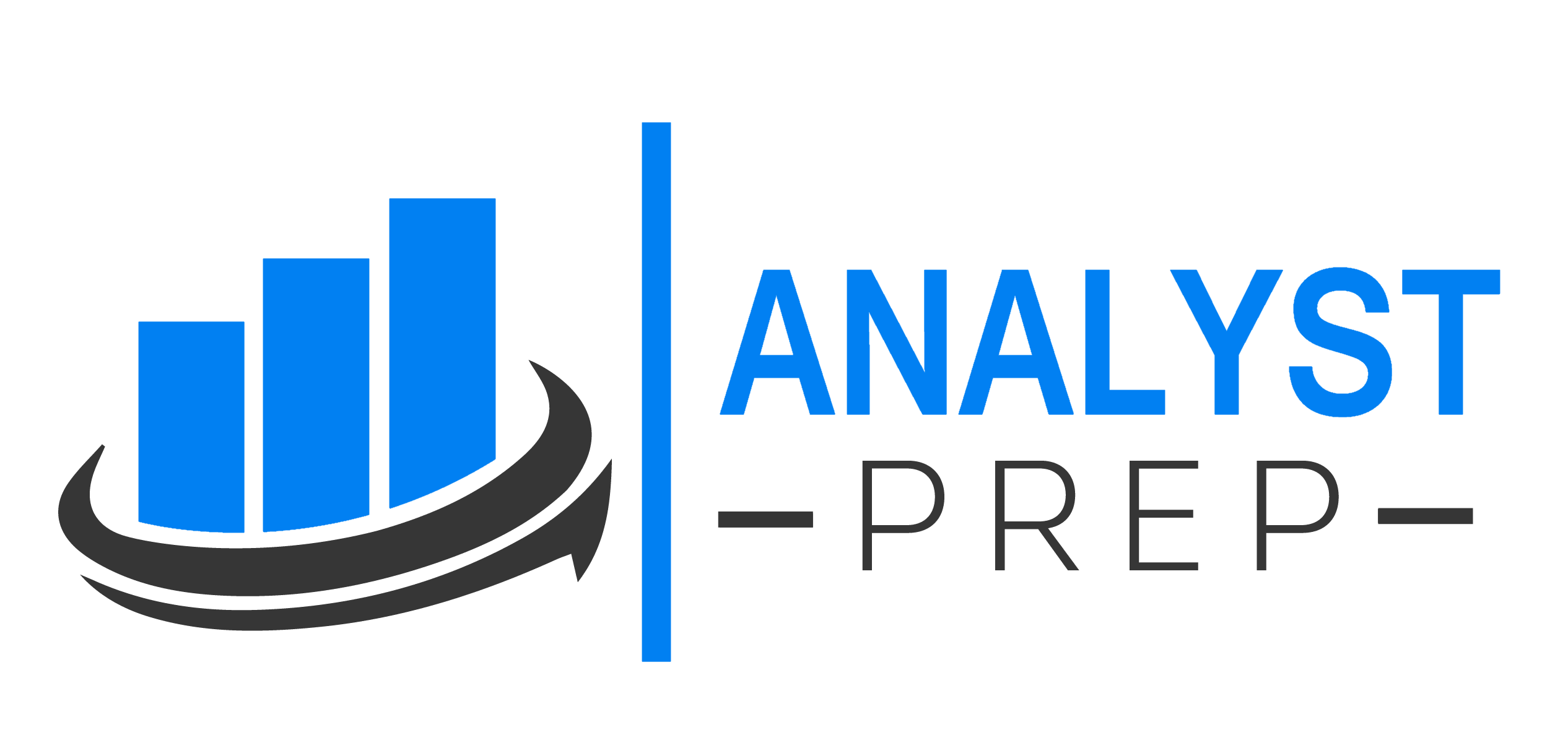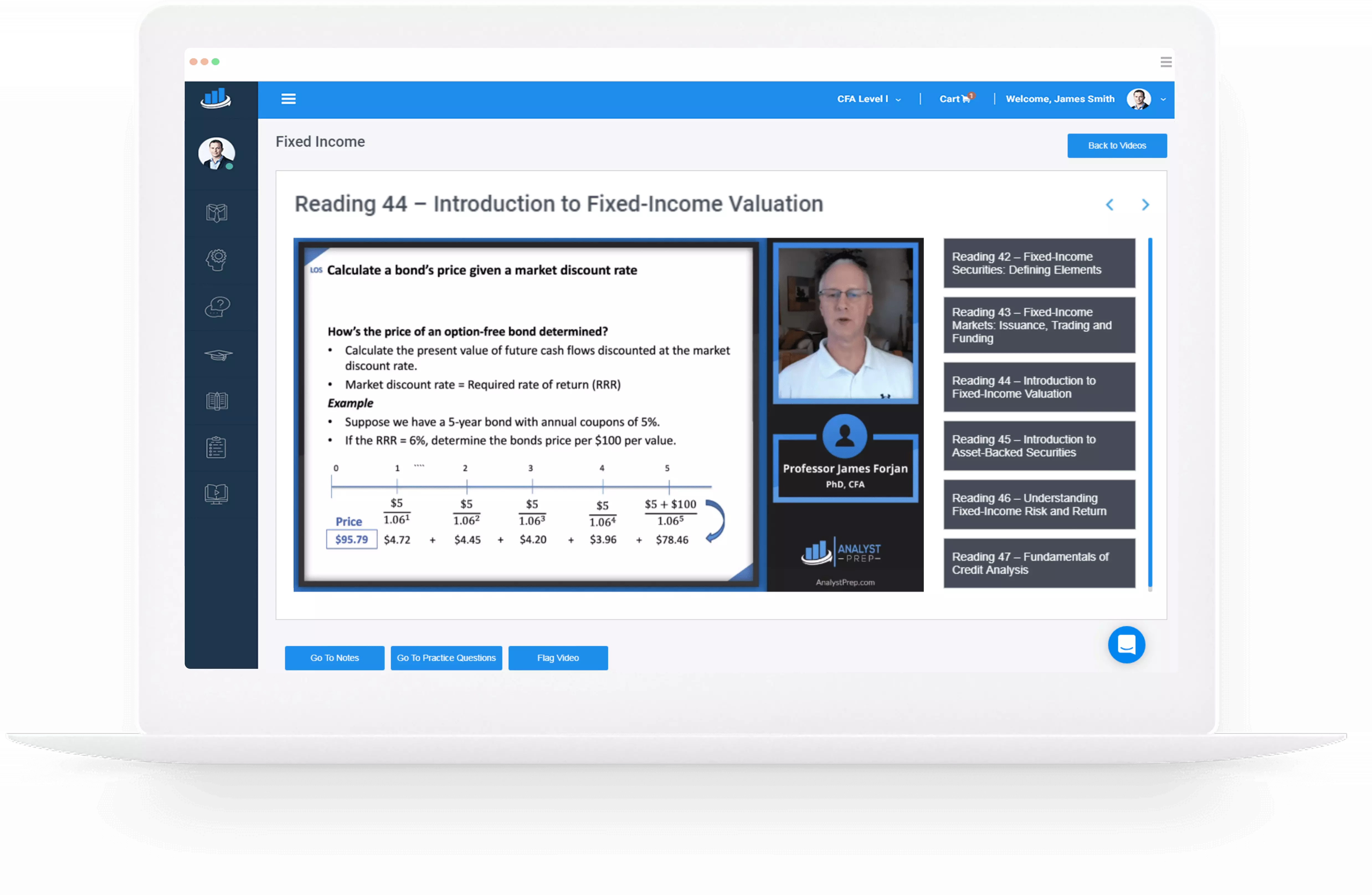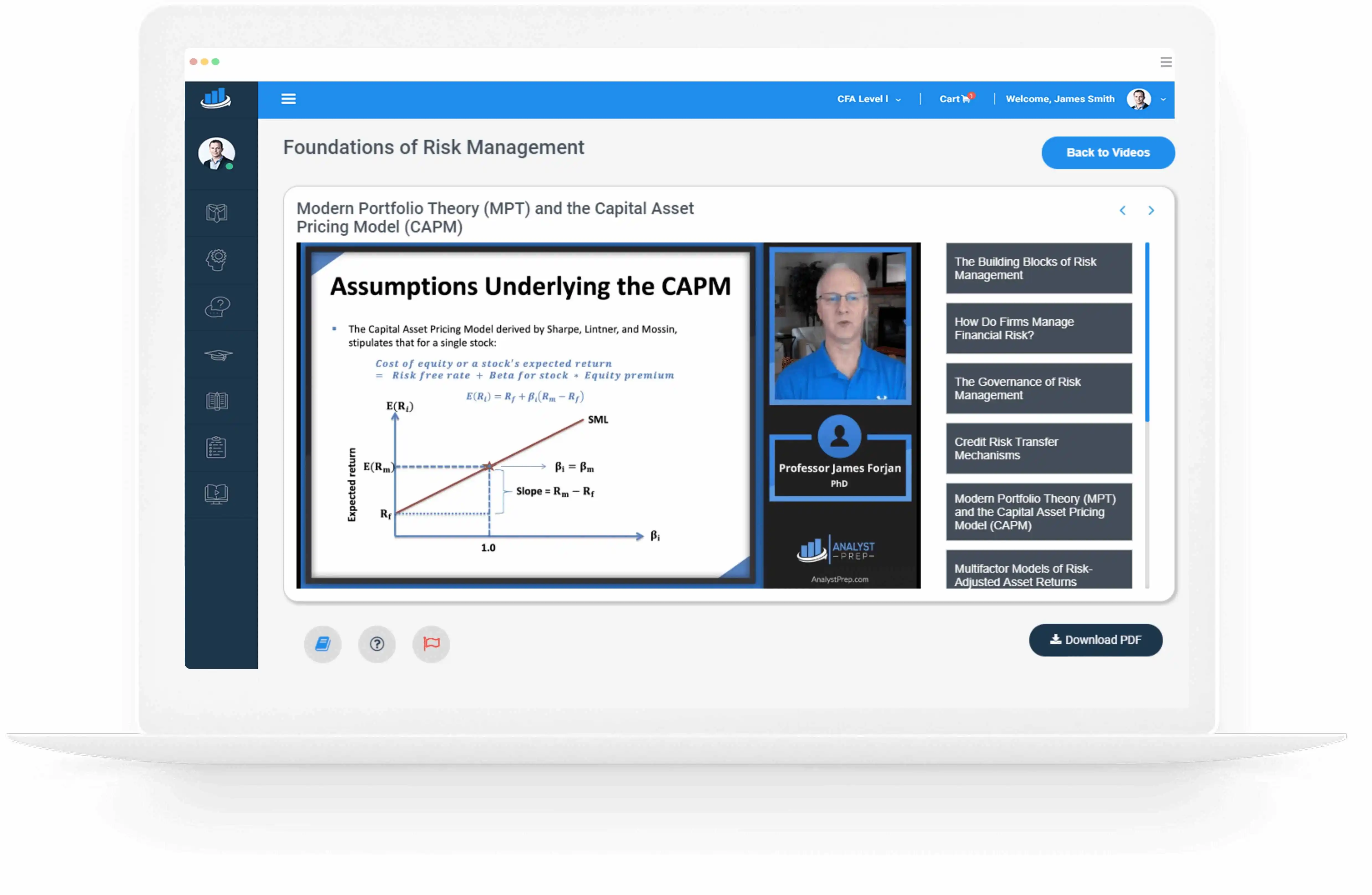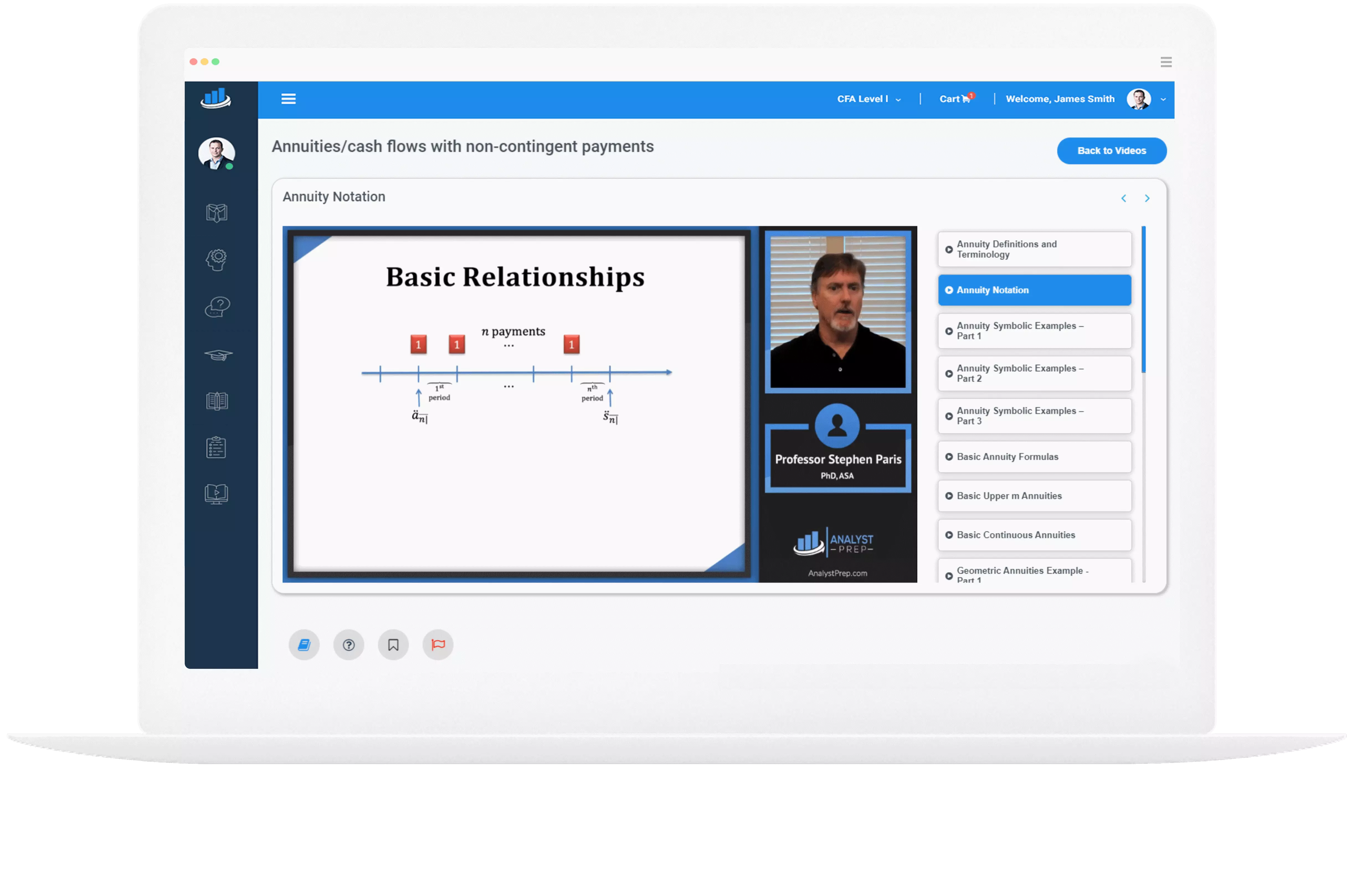Link Between Cash Flow Statement and Income and Balance Sheet Statement
Financial statements are interconnected, each serving a unique function in providing detailed information about a company’s financial activities. The four primary financial statements are: The four primary financial statements are interconnected, each serving a unique function in providing detailed information…
Common-size Balance Sheet and Related Financial Ratios
Examining a company’s balance sheet can reveal information about its liquidity and solvency at the time the balance sheet is prepared, as well as the economic resources under the company’s control. Recall that liquidity is defined as the company’s ability…
Non-current Liabilities
Non-current liabilities refer to all liabilities that are not classified as current. Common types of non-current liabilities are long-term financial liabilities and deferred tax liabilities. Long-Term Financial Liabilities Common types of long-term financial liabilities are bank loans and fixed-income securities…
Financial Instruments
According to the IFRS, a financial instrument is a contract that gives rise to a financial asset of one entity and a financial liability or equity instrument of another. Financial assets include investments in stocks of other companies or in…
Goodwill
When a company acquires another, the acquisition price is allocated to all identifiable assets (both tangible and intangible) and liabilities based on their fair value. If the acquisition price exceeds the fair value of these identifiable assets and liabilities, the…
Intangible Assets
Intangible assets are non-monetary assets without physical substance. They are identifiable, which implies that they are either separable (capable of being separated and sold, transferred, licensed, rented, or exchanged) or arise from contractual or other legal rights. Examples include patents,…
Common Size Income Statement
Conversion of the income statement to a common-size income statement facilitates an assessment of a company’s performance across time periods (time series analysis) and across companies (cross-sectional analysis). A common-size analysis of the income statement is performed by stating each…
Basic and Diluted EPS
Both IFRS and US GAAP mandate the presentation of earnings per share (EPS) on the income statement, specifically for net profit or loss (net income) and profit or loss (income) from continuing operations. The method of calculating EPS varies, contingent…
Non-recuring Items and Changes in Accounting Policies
When assessing a company’s possible future performance, it is advisable to separate recurring and non-recurring items. Recurring items are items of income and expense likely to continue in the future, while non-recurring items (such as discontinued operations and unusual or…
Principles of Expense Recognition
The IASB Conceptual Framework defines expenses as reductions in economic benefits occurring throughout the accounting period. These reductions manifest as outflows or depletions of assets or the incurrence of liabilities, leading to a decrease in equity. Notably, this excludes reductions…




